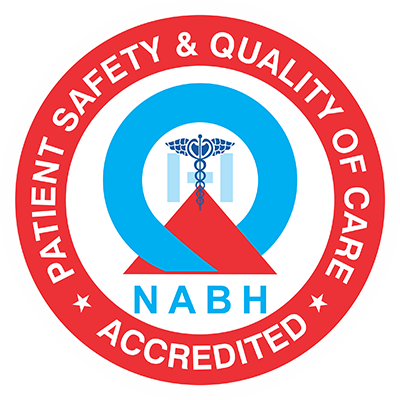Recently, India woke up to the news of the tragic and untimely death of a young Ernst & Young employee in Pune.This unfortunate case brings into sharp focus the real dangers of unchecked stress in high-stakes workplaces. For many, the incident has become a wake-up call about the potential life-threatening risks associated with sustained workplace stress.
The Link Between Stress and Heart Health
Corporate stress is increasingly being linked to heart-related complications. According to studies by the American Heart Association, men and women facing high work stress have up to a 40% increased risk of developing heart disease.
No surprise here, as chronic stress impacts the cardiovascular system by increasing blood pressure, encouraging unhealthy coping habits (like smoking or overeating), and reducing overall well-being. Prolonged stress can lead to conditions such as hypertension, coronary artery disease, and even sudden cardiac arrest, particularly in people who may already have genetic predispositions or underlying health concerns.
How Rooted is the Corporate Health Crisis
Workplace stress is a global health crisis. A recent survey by the World Health Organization (WHO) found that stress contributes to nearly $1 trillion in lost productivity annually. In India alone, reports estimate that over 70% of employees experience high levels of stress due to work pressures, with symptoms ranging from anxiety and burnout to more severe conditions like hypertension and heart disease. In fact, heart disease has become one of the leading causes of death among corporate professionals under 40 – an age group once considered relatively low-risk for cardiac problems.
Pay Heed to the Warning Signs
Many people miss early warning signs of stress, often attributing them to overwork or fatigue. Therefore, awareness of stress-related symptoms is the first line of defense.
- Chest pain: A tight or pressure-like sensation in the chest can be an early warning sign
- Fatigue: Unexplained fatigue, especially if persistent, can indicate cardiovascular strain
- Shortness of breath: Feeling winded with minimal exertion could indicate an underlying issue
- Dizziness or light-headedness: These may signal reduced blood flow to the brain due to cardiovascular issues.
- Heart palpitations: Unusual fluttering or irregular heartbeats can be a symptom of stress-related heart conditions
If you notice these signs, especially in combination, it’s crucial to seek medical evaluation.
Take Preventive Steps
Preventing corporate stress from impacting your heart health is possible with intentional lifestyle changes and support.
- Exercise regularly: Aim for 30 minutes of moderate exercise daily – it helps lower blood pressure and reduce stress
- Prioritize sleep: Quality sleep is essential for heart health – lack of it increases stress hormones in the body
- Follow a healthy diet: Incorporate heart-healthy foods – leafy greens, nuts, and fish high in Omega-3s
- Practice mindfulness & relaxation: Practice Yoga and/or meditation – they effectively reduce stress levels and improve mental clarity
- Limit caffeine & alcohol: Both are known to increase blood pressure and stress levels when consumed in excess
- Rely on social support: Don’t hesitate to reach out to friends, family, or a counselor – to manage stress effectively
When looking for a healthcare partner to help you manage stress, it is imperative to ensure that the hospital/expert understands the unique challenges corporate professionals face and is dedicated to providing timely, holistic interventions that address the physical and mental demands of modern careers.
BBR Hospitals, Hyderabad offers a comprehensive approach to addressing heart health, especially for those facing corporate stress. With an experienced team of cardiologists and mental health experts who collaborate seamlessly, the hospital provides customized care plans that include lifestyle counseling, stress management workshops, and advanced diagnostics. BBR’s heart care programs focus not only on treatment but also on prevention, and management, with a patient-first approach.



